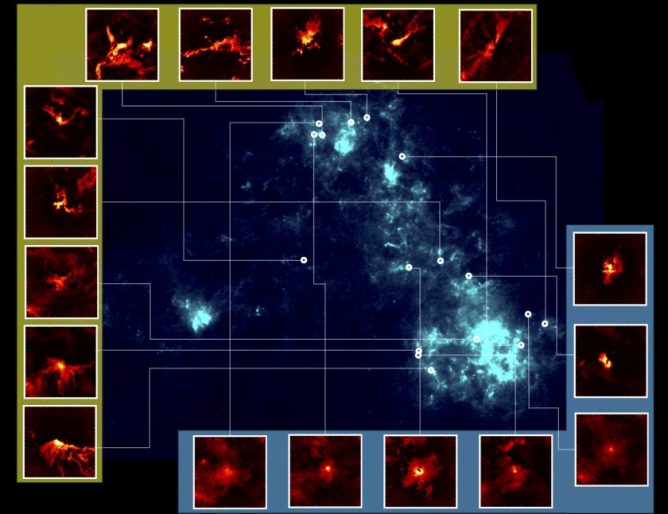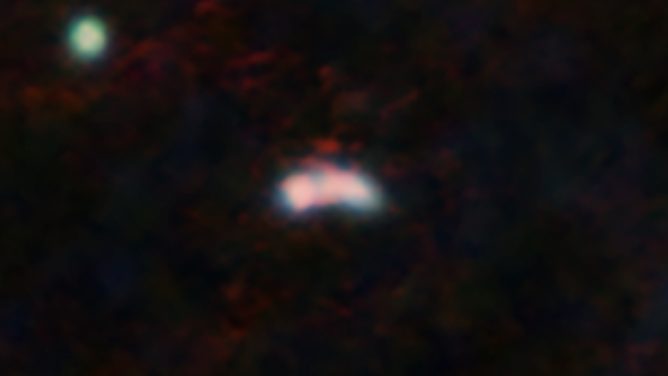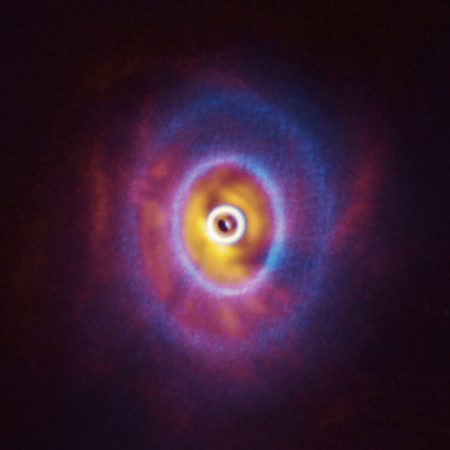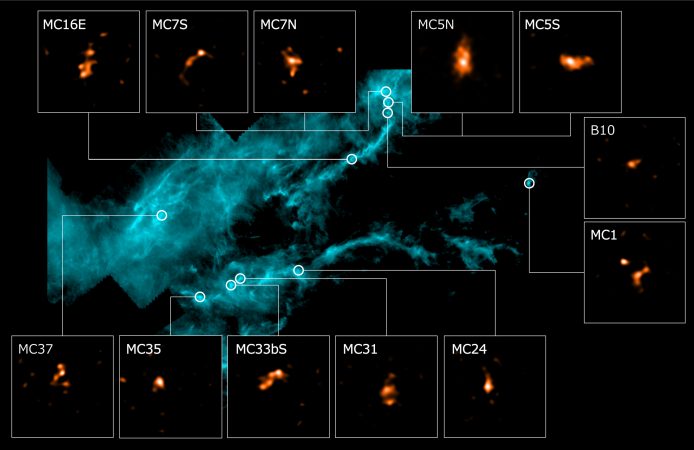2025.06.26
Development of Total Power GPU Spectrometer was approved by ALMA Board

Development of Total Power GPU Spectrometer was approved by ALMA Board
This new spectrometer constitutes one of the major contributions from East Asia to an ALMA-wide upgrade program called Wideband Sensitivity Upgrade (WSU). In this upgrade program, the receiver IF (Intermediate Frequency) bandwidth will be broadened by at least a factor of two, and associated electronics and software including the correlator and spectrometer will be upgraded.
The same development team delivered a similar spectrometer called ACA Spectrometer and successfully achieved its first light on February 22, 2022. The science operation of the ACA Spectrometer started in October 2023 (Cycle 10) and the development team received NAOJ Director General’s Award this year. The development of the new TPGS will be fully based on the successful collaboration between KASI and NAOJ for the development of the existing ACA Spectrometer. Eventually, the new TPGS will replace the existing ACA Spectrometer.
The Korean side project manager of the TPGS project, Jongsoo Kim, said, “The TPGS will enhance processing capability by using state-of-the-art GPUs and improve data acquisition by directly transferring digitized data from the antennas into GPU memory, leveraging emerging 400 GbE technology. Building on a decade of productive collaboration between KASI and NAOJ, the TPGS project will maximize the reuse of legacy software from the highly successful ACA Spectrometer, ensuring seamless integration and rapid development. This practical approach will increase the correlated bandwidth by four times that of the current bandwidth and provide much higher spectral resolution, meeting the stringent requirements of the WSU.”
The development team already passed Conceptual Design Review (CoDR) and Subsystem Requirements Review (SRR) in November 2024. The team is now moving forward toward the Preliminary Design Review (PDR) scheduled for early 2026. Compared to the existing ACA Spectrometer, the new TPGS will be designed and implemented so that it can accept 10 times more input data rate from antennas, achieve four times more maximum correlated bandwidth and achieve 16 times finer spectral resolution.

TPGS Official Logo (credit: Makoto Shizugami)
(*) Among the total 66 ALMA antennas, 16 antennas developed by Japan compose the Atacama Compact Array (ACA) nicknamed “Morita Array”. The ACA consists of twelve 7-m antennas and four 12-m antennas, the latter of which forms a group of antennas called Total Power (TP) Array. The ACA is suitable for precise measurement of the intensity of radio waves coming from diffuse extended objects and large-scale structure of the universe.
The Atacama Large Millimeter/submillimeter Array (ALMA), an international astronomy facility, is a partnership of the European Organisation for Astronomical Research in the Southern Hemisphere (ESO), the U.S. National Science Foundation (NSF) and the National Institutes of Natural Sciences (NINS) of Japan in cooperation with the Republic of Chile. ALMA is funded by ESO on behalf of its Member States, by NSF in cooperation with the National Research Council of Canada (NRC) and the National Science and Technology Council (NSTC) in Taiwan and by NINS in cooperation with the Academia Sinica (AS) in Taiwan and the Korea Astronomy and Space Science Institute (KASI).
ALMA construction and operations are led by ESO on behalf of its Member States; by the National Radio Astronomy Observatory (NRAO), managed by Associated Universities, Inc. (AUI), on behalf of North America; and by the National Astronomical Observatory of Japan (NAOJ) on behalf of East Asia. The Joint ALMA Observatory (JAO) provides the unified leadership and management of the construction, commissioning and operation of ALMA.









